Researchers from Tel Aviv University in collaboration with an international team of researchers managed to find particles of coal and plant food in the dental calculus of 400,000-year-old prehistoric humans * The findings are published today in the international journal Quaternary International
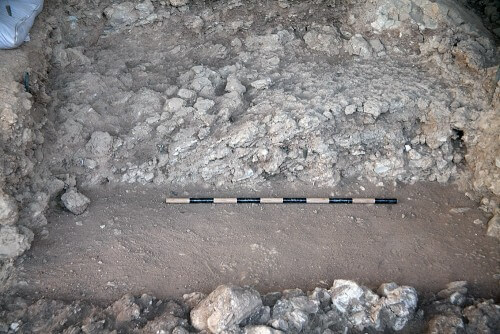
Researchers at Tel Aviv University succeeded in extracting tartar from three teeth of ancient humans from Kesem Cave in Israel. Analysis of the calculus revealed charcoal particles, direct evidence of the use of plant food and even part of a moth's wing - which were captured and covered in calculus about 400,000 years ago.
Kesem Cave has been excavated and studied since 2000 by researchers from the Department of Archeology at Tel Aviv University and has so far yielded a series of archaeological findings that fascinate the world. The new study was conducted by Prof. Ran Barkai, Prof. Avi Gofar and Dr. Rachel Sharig from Tel Aviv University. In collaboration with Prof. Karen Hardy from the Catalan Research Institute ICREA, Anita Radini and Stefan Buckley from the BioArCh Institute at the University of York and Les Copeland from the University of Sydney, the research results were published in the journal Quaternary International.
"Magic Cave, near the top of the eye, represents an extraordinary stage in the biological and cultural evolution of man," explains Prof. Ran Barkai. "This phase, between 400,000 and 200,000 years before our days, lasted about 200,000 years. Sites similar to Merat Kesem are scattered all over the southern Levant - from Kesem to Syria - but in terms of conservation, the cave has no equal."
In Kesem Cave, which was discovered in 2000, the earliest evidence of the regular use of fire for roasting meat, the earliest evidence of recycling tools and the earliest evidence of the existence of a human type that may be the ancestor of modern humans in our region have been found so far - a find that challenges the conventional view that the intelligent man originated from the East Africa.
Careful examination of human teeth found in Magic Cave revealed that they do not belong to modern humans, nor to our Homo erectus ancestors or our Neanderthal brothers. The teeth are of a species belonging to a new lineage of man and it shares characteristics with both Neanderthal man and intelligent man.
A possible reason for the changes in the biology and culture of the inhabitants of Merat Kesem and the emergence of the phenomenon of roasting the meat, is the disappearance of the elephants from the local diet. "Different species of humans lived here for a million years and ate elephants," says Prof. Barkai. "Approximately 400 years ago, elephant bones disappeared from the sites of human habitation and activity. Phil is an amazing pack of calories. We calculated and found that nutritionally, one elephant is worth at least 80 donkeys. The disappearance or extinction of elephants pushed humans to adapt to the new environment, both biologically and culturally. There was a preference for light-footed people with a developed cognitive ability. These changes encouraged the use of fire for roasting meat, in order to extract more calories from meat."
For the first time tartar from 400,000 year old teeth
The idea of trying to extract calculus from human teeth in the Magic Cave followed the publication of an article describing findings extracted from 50,000-year-old Neanderthal calculus in Europe. "To test the teeth from Kesem Cave, we contacted Prof. Karen Hardy, who uses modern technology to extract tartar from teeth. Prof. Hardy was skeptical at first, because they had never worked on the teeth of 400,000-year-old ancient humans. In the end she managed to extract tartar from three teeth we found in the cave. Then, in a complex chemical process, we examined what was between the teeth when the tartar was formed. And the results were very surprising."
Charcoal particles were found inside the ancient stone - the first direct evidence of smoke inhalation. "Everyone talks about fire as a wonder and miracle of progress," explains Prof. Barkai, "but like any other type of progress - fire also comes with a heavy environmental price. These humans learned to roast meat, but this discovery cost them their health. They lived in a cave and inhaled the smoke from the fires they themselves lit. It can be assumed that inhaling the smoke had an impact on the health of the inhabitants of the cave and that they had to find a creative solution to the problem of inhaling the smoke, a problem that has accompanied the human race ever since."
A second finding found in the stone is the remains of plant food, which includes several types of starches that originate from various seeds. This is the first direct evidence that the people in Merat Kesem ate food from plants. "In our opinion, prehistoric humans ate mainly meat and fat, but there is no doubt that they also ate plant food. What is interesting here is the type of vision. Even in the past, seeds were found in prehistoric sites, but here the evidence is unequivocal and direct: these are seeds that were caught between their teeth."
In addition, the researchers found plant fibers in the stone - without being able to decide whether the inhabitants of Merat Kesem used their teeth to process the fibers or whether they used the fibers to clean their teeth, like dental floss.
"The picture that becomes clearer, then, is of a gradual biological and cultural change from homo erectus to a new person, that is, from our ancestors to us," Prof. Barkai concludes. "A major part of the cultural changes must be attributed to the beginning of the use of fire for roasting meat, and direct evidence of this was also found for the first time in the tartar of the inhabitants of Merat Kesem".
"And as if to complete this image of the fire, in one of the teeth we even found a piece of a moth's wing. A man swallowed a moth and a piece of the moth's wing stuck to one of his teeth. 400,000 years later we know how to extract this piece from the stone and say that it is a moth."
In the same topic on the science website:
- Findings from Kesem Cave prove: Man controlled fire 300 thousand years ago
- Modern humans who lived in a magic cave 200-400 thousand years ago developed advanced technology for their time
- The remains of the oldest modern man were discovered in the Kesem Cave in Rosh Ha'Ain
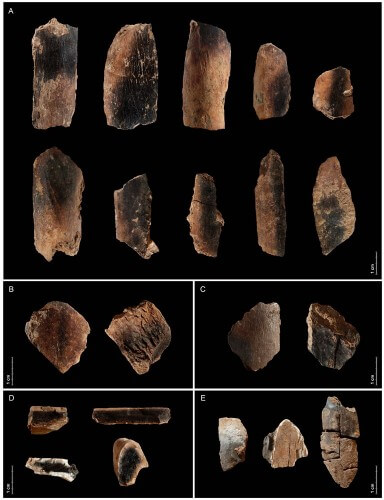
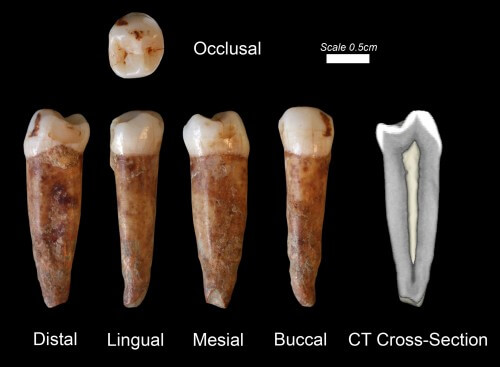
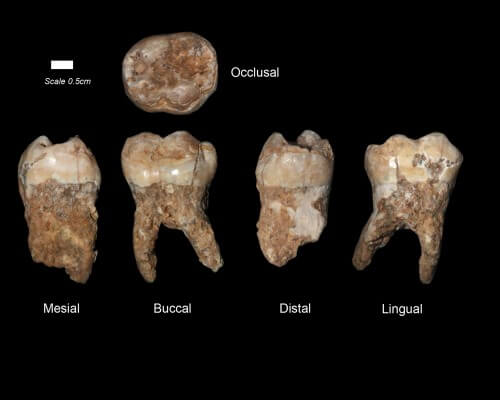
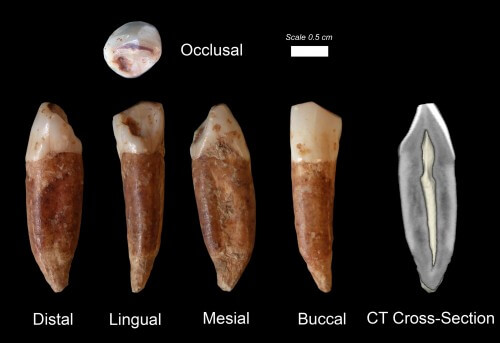
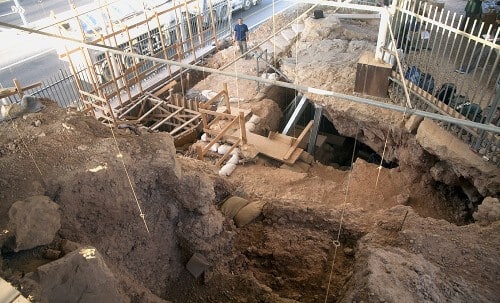

4 תגובות
good
It is written: "….."about 400 thousand years ago the bones of the elephants disappeared …….."
Did elephants really disappear from the Middle East already 400 thousand years ago?
Well, religious people will respond and amuse us, well, well, well 🙂